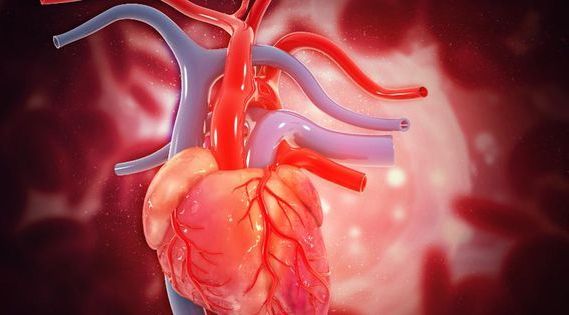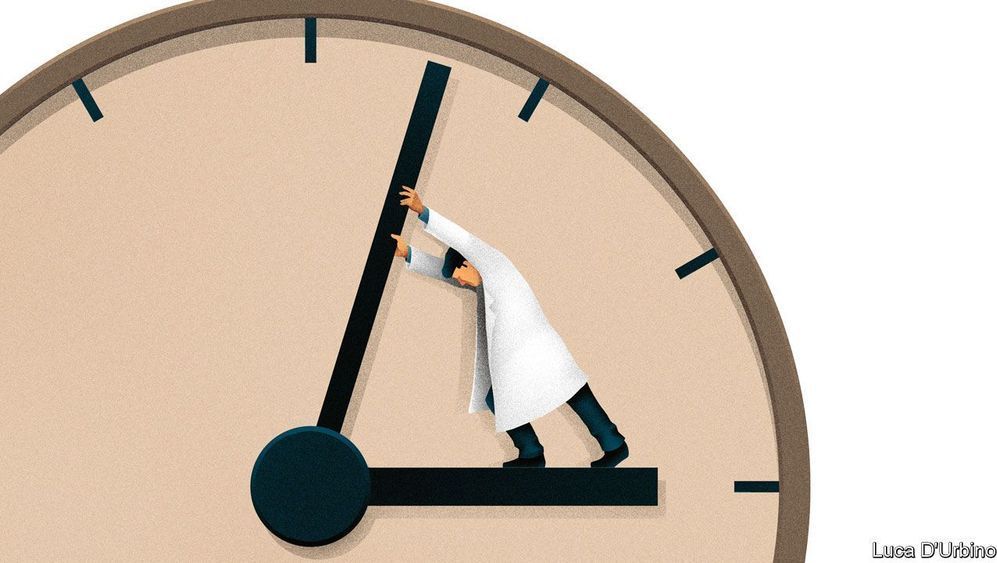The Electric Coin Company (ECC) says it discovered a new way to scale blockchains with “recursive proof composition,” a proof to verify the entirety of a blockchain in one function. For the ECC and zcash, the new project, Halo, may hold the key to privacy at scale.
A privacy coin based on zero-knowledge proofs, referred to as zk-SNARKs, zcash’s current underlying protocol relies on “trusted setups.” These mathematical parameters were used twice in zcash’s short history: upon its launch in 2016 and first large protocol change, Sapling, in 2018.
Zcash masks transations through zk-SNARKs but the creation of initial parameters remains an issue. By not destroying a transaction’s mathematical foundation – the trusted setup – the holder can produce forged zcash.





